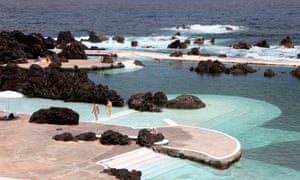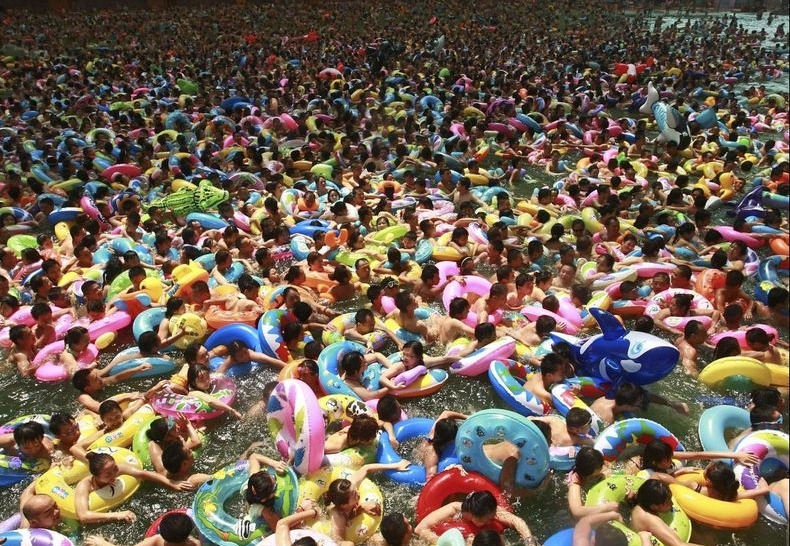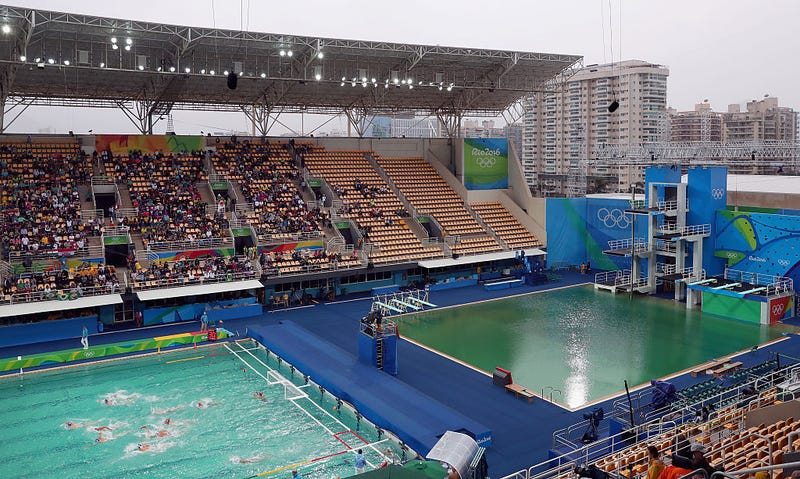Top 10 Seawater Swimming Pools in Europe
Posted by poolplantcourses.com on Monday, September 5, 2016,
Bather Loads, Pollution, Turnover...It's All Relative.
Posted by poolplantcourses.com on Friday, August 26, 2016,
In :
Pool Water Pollution
Run a Swimming Pool? You Need a PSOP!
Posted by poolplantcourses.com on Friday, August 26, 2016,
In :
Health & Safety
Could Your Pool Turn Green, Like The Olympic Pool In Rio?
Posted by poolplantcourses.com on Thursday, August 25, 2016,
In :
Pool Water Chemistry
Overchlorination - How to deal with it and get the pool open for business again!
Posted by poolplantcourses.com on Friday, July 22, 2016,
In :
Pool Water Chemistry
Superchlorination - The Correct Way
Posted by poolplantcourses.com on Thursday, July 21, 2016,
In :
Disinfection
How to Hand-Dose Chlorine...The Right Way!
Posted by poolplantcourses.com on Thursday, July 14, 2016,
In :
Disinfection
Pool Managers - Do You Know How Your Filters Actually Work?
Posted by poolplantcourses.com on Thursday, June 23, 2016,
In :
Coagulation & Filtration
Swimming Pool Outlets Can Kill!
Posted by poolplantcourses.com on Friday, June 17, 2016,
In :
Health & Safety
Is the commercial swimming pool sector regulated? YES (but not very well)!
Posted by poolplantcourses.com on Wednesday, May 25, 2016,
In :
Health & Safety
Can you smell chlorine? Then it's probably a badly managed swimming pool.
Posted by poolplantcourses.com on Monday, May 23, 2016,
In :
Disinfection
Not bothering with water balance tests? You're asking for trouble!
Posted by poolplantcourses.com on Thursday, May 19, 2016,
In :
Pool Water Chemistry
Got a Spa, Hot Tub etc.? You need to know about legionella.
Posted by poolplantcourses.com on Friday, May 13, 2016,
In :
Health & Safety
Chlorine Gas Leaks - Pool Operators Beware
Posted by poolplantcourses.com on Tuesday, April 26, 2016,
In :
Health & Safety
What is pH and Why is it so Important?
Posted by poolplantcourses.com on Monday, April 25, 2016,
In :
Pool Water Chemistry
Gross Microbiological Contamination
Posted by poolplantcourses.com on Monday, April 25, 2016,
In :
Pool Water Pollution
"Do I Need To Send My Staff On A Pool Plant Course?"
Posted by poolplantcourses.com on Monday, December 28, 2015,
In :
Frequently Asked Questions
Use a bucket to discover if your pool has a leak
Posted by poolplantcourses.org on Thursday, January 24, 2013,
In :
Useful Tips
Possible Electrical Hazard?
Posted by poolplantcourses.org on Wednesday, May 16, 2012,
In :
Funny Pics
...you can make chlorine from salt?
Posted by www.poolplant courses.org on Monday, February 27, 2012,
In :
Did You Know...
The Most Effective Pool Water Treatment Method Ever!
Posted by poolplantcourses.org on Wednesday, February 22, 2012,
In :
Useful Tips
Relative Pollution
Posted by poolplantcourses.org on Tuesday, February 21, 2012,
In :
Pool Water Pollution
Breakpoint Chlorination
Posted by poolplantcourses.org on Monday, February 13, 2012,
In :
Disinfection
Personal Protective Equipment (PPE) Assessments
Posted by www.poolplantcourses.org on Monday, January 23, 2012,
In :
Health & Safety
When Should I Backwash?
Posted by www.poolplantcourses.org on Thursday, January 19, 2012,
In :
Frequently Asked Questions
Dichlor and Trichlor
Posted by www.poolplantcourses.org on Tuesday, January 17, 2012,
In :
Pool Water Chemistry
Quickly Remove Excess Physical Pollution on Pool Surface
Posted by poolplantcourses.org on Tuesday, January 10, 2012,
In :
Useful Tips
How to reduce customer complaints about cold swimming pool water, show them this video...
Posted by poolplantcourses.org on Tuesday, January 10, 2012,
In :
Videos
Balanced Water Testing
Posted by poolplantcourses.org on Monday, December 19, 2011,
In :
Pool Water Chemistry
Straining
Posted by poolplantcourses.org on Monday, December 19, 2011,
In :
Coagulation & Filtration
Filtration Rate
Posted by poolplantcourses.org on Sunday, December 18, 2011,
In :
Coagulation & Filtration
Physical Pollution
Posted by poolplantcourses.org on Sunday, December 18, 2011,
In :
Pool Water Pollution
Bacteriological Contaminants
Posted by poolplantcourses.org on Saturday, December 17, 2011,
In :
Pool Water Pollution
Sedimentation
Posted by poolplantcourses.org on Saturday, December 17, 2011,
In :
Coagulation & Filtration
Adsorption
Posted by poolplantcourses.org on Saturday, December 17, 2011,
In :
Coagulation & Filtration
Coagulation
Posted by poolplantcourses.org on Saturday, December 17, 2011,
In :
Coagulation & Filtration
Source Water
Posted by poolplantcourses.org on Saturday, December 17, 2011,
In :
Pool Water Chemistry
Cryptosporidia
Posted by poolplantcourses.org on Saturday, December 17, 2011,
In :
Pool Water Pollution
Why Pool Water is Blue?
Posted by poolplantcourses.org on Saturday, December 17, 2011,
In :
Did You Know...
The Total Alkalinity Family
Posted by poolplantcourses.org on Saturday, December 17, 2011,
In :
Pool Water Chemistry



















